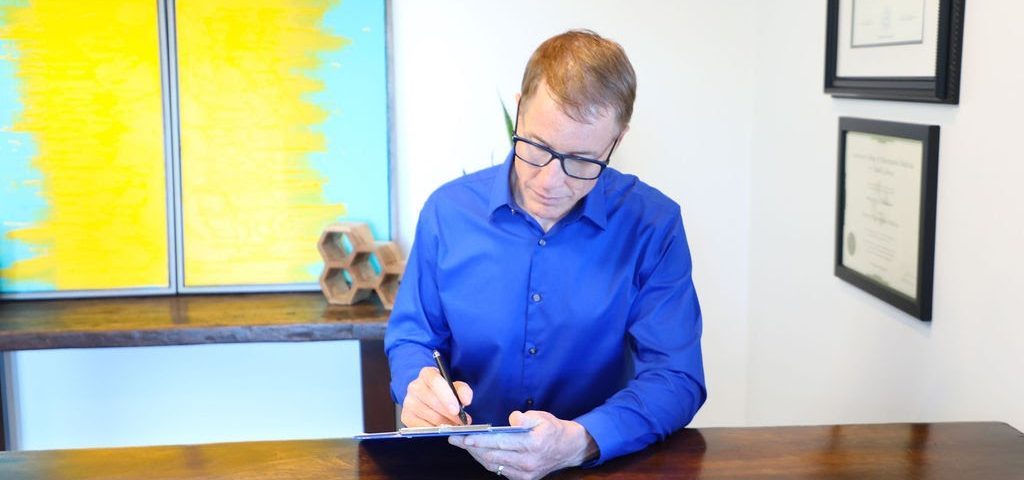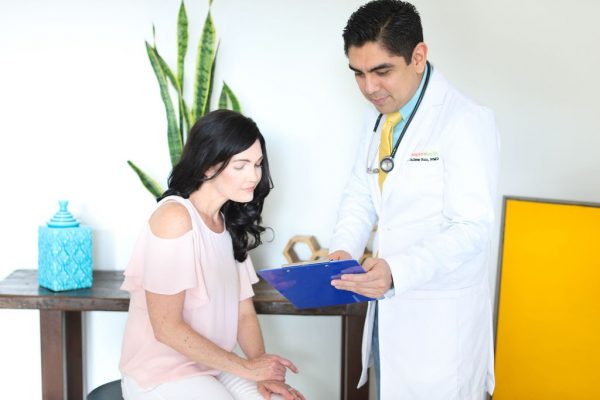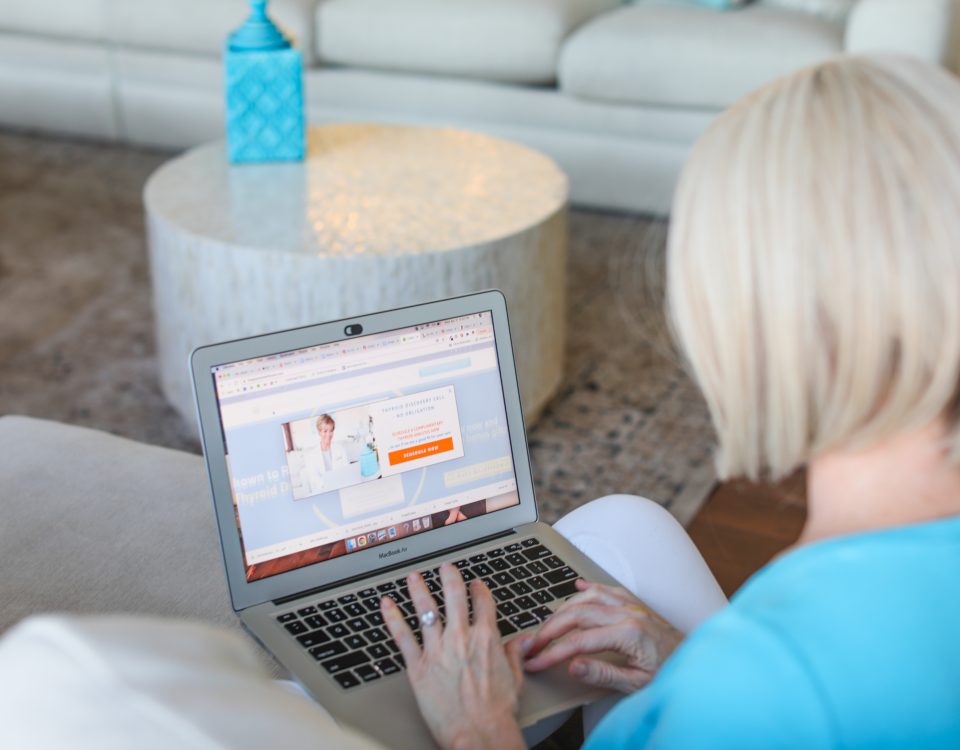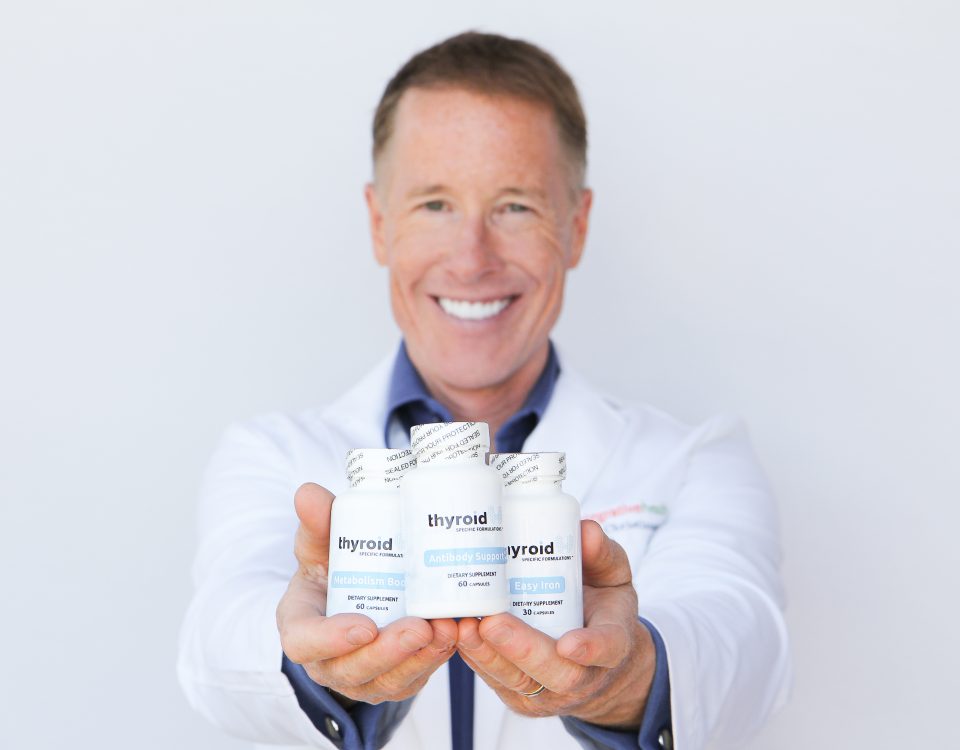Or, if you were to collect it over 24 hours, it would take around 300 tests to get within a true level of accuracy. That would essentially be an entire year of collecting your urine!
Even then, your levels could shift and you would only know an average over what is a huge timeframe. It simply would not be useful.
Challenge Tests
The second involves a challenge test. It was thought that someone could take a dose of iodine, and monitor their urine over that time period to figure out the average over time.
This thought was couched in the idea that, if someone was deficient, the body would hold on to that iodine and less would leave in the urine (giving an idea of how deficient that person may have been).
However, we know that your urinary levels of iodine do change when your iodine intake changes — but not in a day. It takes three or six months for that to happen.
There was even a laboratory that performed a study on people to see if this test was valid. Rather than just collecting the urine for a day, they collected it for three weeks.
What they saw was that a high dose of iodine did cause people to get rid of more in their urine, but it lasted as long as they measured it. The body can only detox iodine so fast, and we don’t hold onto it if we need it (we just can’t get rid of it quickly enough).3














